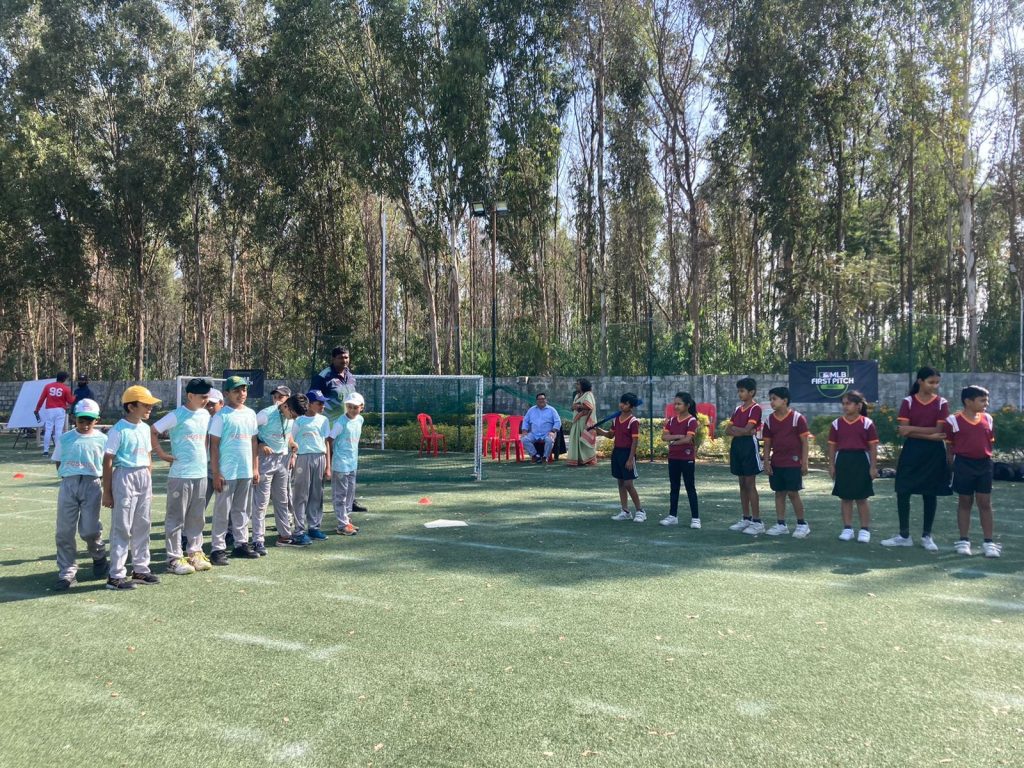
In international schools, art and culture serve as both a mirror reflecting diverse identities and a bridge connecting students from all corners of the globe. These institutions, with their multicultural environments, provide fertile ground for fostering creativity, understanding, and appreciation for the rich tapestry of global cultures. IB international schools in Bangalore play an important role in improving students’ skills through art and culture. In this blog, we’ll explore the pivotal role of art and culture in international schools, exploring how they celebrate diversity and ignite the flames of creativity in students.
Embracing Diversity through Art:
Art knows no boundaries; it speaks a universal language that transcends differences in language, nationality, or creed. In international schools, students are exposed to a kaleidoscope of artistic expressions, from traditional folk art to contemporary masterpieces. Through art classes, exhibitions, and cultural events, students immerse themselves in a world of creativity where diversity is not only acknowledged but celebrated. Whether it’s learning about Japanese calligraphy, Indian rangoli, or African drumming, students gain insight into the beauty and complexity of cultures beyond their own.
Cultural Exchange and Collaboration:
Art becomes a powerful medium for fostering understanding and collaboration among students. The best IB schools in Bangalore are melting pots where students from diverse cultural backgrounds come together to learn, collaborate, and grow. Collaborative art projects, cultural exchanges, and workshops provide opportunities for students to share their unique perspectives, traditions, and artistic styles. These collaborative endeavours not only promote cultural exchange but also encourage empathy, respect, and mutual appreciation among students from different backgrounds.
Fostering Creativity and Innovation:
Creativity thrives in environments where different ideas, perspectives, and experiences intersect. International schools, with their diverse student body and global outlook, serve as incubators for creativity and innovation. Art classes encourage students to think outside the box, experiment with new techniques, and express themselves authentically. Whether it’s painting, sculpture, photography, or digital media, students are encouraged to explore their creativity freely, pushing the boundaries of artistic expression and innovation.
Promoting Cultural Literacy and Global Citizenship:
In today’s interconnected world, cultural literacy is essential for fostering global citizenship and intercultural competence. Art and cultural studies play a crucial role in developing students’ understanding of global issues, perspectives, and identities. Through the study of art history, literature, music, and theatre from around the world, students gain insight into the complexities of human experience and the interconnectedness of cultures. This cultural literacy empowers students to navigate diverse social and cultural landscapes with empathy, respect, and open-mindedness.
Celebrating Diversity in School Events and Festivals:
International schools often host a myriad of cultural events and festivals throughout the academic year, celebrating the rich diversity of their student body. From multicultural fairs and heritage weeks to international food festivals and art exhibitions, these events provide platforms for students to showcase their cultural heritage, traditions, and artistic talents. By actively participating in these events, students not only deepen their appreciation for cultural diversity but also forge lasting bonds of friendship and camaraderie with their peers from around the world.
Holistic Skill Development
Within the realm of arts lies a diverse range of disciplines, each demanding unique proficiencies. Whether it’s the precision of brushwork in painting or the collaborative efforts in theatrical performances, students cultivate a diverse set of skills that transcend mere artistic abilities. These skills play a crucial role in their cognitive, emotional, and physical growth, equipping them for a well-rounded and prosperous future.
Inspiring social and emotional development
Interacting with art originating from various cultural backgrounds can significantly enhance a child’s emotional intelligence. Art frequently serves as a mirror for emotions and life encounters, offering children a platform to delve into and navigate their feelings. Moreover, it aids them in understanding and empathizing with the emotions of others, nurturing emotional bonds that surpass cultural barriers and affirm the shared essence of human emotions.
Promoting inclusivity and representation
Exposure to diverse art enables children to witness their own identities reflected in the creative expressions of others, fostering feelings of inclusivity and empowerment. By recognizing diverse art as a vehicle for representation, we reinforce the significance of diversity and cultural perspectives in shaping artistic dialogues and societal outlooks. Through engagement with art, children cultivate an understanding and reverence for differences while celebrating shared experiences, contributing to the rich tapestry of global cultures. As parents and educators, we hold the capacity to utilize art as a conduit that connects children to broader horizons, nurturing a generation of empathetic, respectful, and culturally aware global citizens.
Summary
Art and culture are integral components of the fabric of international schools, enriching the educational experience and fostering a deep appreciation for diversity, creativity, and global citizenship. As a distinguished IB School In Electronic City, Redbridge International Academy’s art classes, collaborative projects, and school events, students are immersed in a dynamic environment where differences are celebrated, creativity is nurtured, and empathy is cultivated. As we navigate an increasingly interconnected world, the role of art and culture in international education has never been more crucial in shaping the next generation of empathetic, culturally literate, and creative global citizens.
